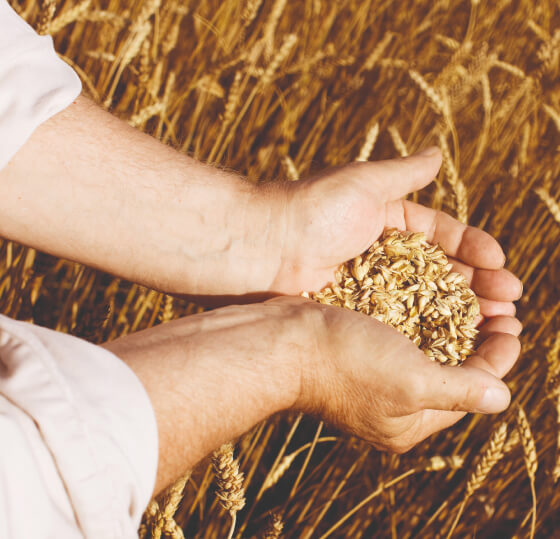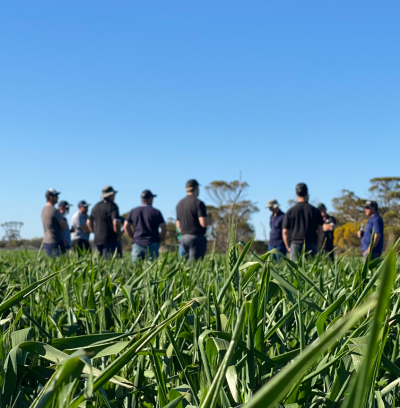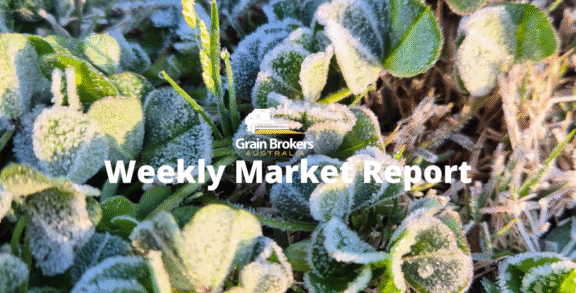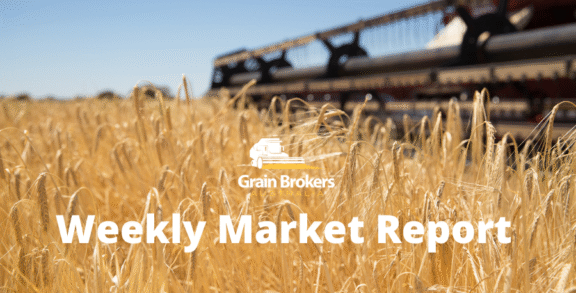
Amid the turmoil and disruption of the ongoing war with Russia and extremely testing weather conditions, Ukraine’s farmers have effectively completed this season’s spring planting campaign in most regions, with the Ministry of Agrarian Policy reporting the spring seeded area had surpassed that of 2024.
As of June 5, Ukraine had planted 5.6 million hectares to spring grain and legumes, 98 per cent of the government’s 5.7Mha forecast. Corn is the biggest spring planted crop in Ukraine with a total area of 4Mha reported to have been seeded, 99 per cent of the government’s forecast and 71.6 per cent of the 2025 program.
Barley is the second biggest grain in this season’s spring sowing campaign at 750,000 hectares. This is 96 per cent of the area projection and accounts for 13.4 per cent of the total. Spring wheat rounds out the podium at 220,000 hectares or 96 per cent of expectations, just ahead of peas on 210,000 hectares, which are 98 per cent completed. The balance is made up of oats, buckwheat, millet and some minor cereal and legume crops.
The seeding of spring-planted oilseeds is also nearing completion across much of the country, with the major ones being sunflowers at 4.9Mha and soybeans at 2.3Mha, both currently sitting at 97 per cent of the government’s anticipated area.
Ukraine has been experiencing a prolonged lack of soil moisture, particularly in eastern regions, raising concerns about winter crop yields. The lowest soil moisture levels in seven seasons have been observed, with some areas facing critical moisture deficits. However, May did provide a modicum of relief with weather conditions far more favourable to vegetative growth. That said, the soil moisture deficits experienced for much of the growing season, especially the winter crops planted in the autumn of 2024, are expected to negatively impact crop output in 2025.
Despite the unusually cold weather for May, winter wheat in southern regions reportedly reached the milky dough stage as much as one and a half weeks earlier than usual due to the harsh season. The early planted spring barley also began heading one to two weeks ahead of average timelines. Intense frosts in the first ten days of May are also expected to adversely impact yield potential on crops that were flowering at the time.
Late last week, the Minister of Agrarian Policy and Food of Ukraine, Vitaliy Koval, released its forecast for the production of grains and oilseeds in 2025, with output for all the major crops lower than the USDA’s current thinking. “We are facing a challenging season. An abnormally warm winter, a lack of moisture in the spring, and then prolonged rains delayed the spring sowing campaign in some regions by two weeks. It’s definitely not a failure, but God willing, we will harvest everything,” said Vitaliy Koval.
The government currently expects the grain harvest to decrease by around 10 per cent from 56.7 million metric tonne in 2024 to 51MMT this year. Oilseed output is expected to decline by 1MMT, or 4.8 per cent, to 20.2MMT, primarily due to a 600,000 metric tonne reduction in rapeseed production.
The current production estimates from the Ministry of Agrarian Policy put wheat production in the 20 to 22MMT range against the USDA’s May estimate of 23MMT and 23.4MMT last season. At 26MMT, corn is expected to be the country’s biggest crop this year, but the government’s estimate is significantly lower than that of the USDA, which printed 30.5MMT in its May global supply and demand update, up from 26.8MMT in 2024. Barley output is only expected to reach 4.5MMT, 21 per cent lower than the USDA’s number of 5.7MMT, on par with 5.8MMT last year.
From an oilseed perspective, the government is pegging sunflower production at 11.5MMT compared to the USDA at 14.4MMT. Soybean output is projected to be 5.5MMT, 1.1MMt under the USDA, and the rapeseed harvest is currently pencilled in at 3.2MMT against 6.6MMT from the USDA.
The government numbers appear conservative relative to current market expectations and would seem to have taken a worst-case scenario approach. According to Vitaliy Koval, last month’s weather may have slightly improved the sowing situation and soil moisture reserves, but above-average rainfall in June and July will be critical for achieving a better harvest than the ministry predicts.
According to respected Black Sea analyst SovEcon, favourable rainfall last month helped replenish soil moisture in most regions, improving this season’s yield prospects. As a result, it raised its corn crop estimate by 1.5MMT last week to 28.3MMT, putting it at the mid-point of the USDA and Ukraine government estimates. SovEcon also raised its wheat harvest assessment to 22.6MMT, again placing it midway between the USDA and ministry forecasts.
On the export front, as of June 4, Ukraine had exported 38.505MMT of grain and leguminous crops since the beginning of the 2024-2025 marketing year (July to June), of which 202,000 tonnes were shipped this month, according to data from the State Customs Service. This compares to a total shipment figure of 47.734MMT as of June 7 last year, including 802,000 metric tonne in June.
Since the beginning of the current season, wheat exports amount to 14.906 million tonnes including 43,000 metric tonne this month. Barley shipments totalled 2.305 million tonnes, with no June shipments to date, and corn was 20.728MMT, including 158,000 metric tonne this month. Last year’s wheat, barley and corn numbers were 17.654MMT, 2.305MMt and 27.12MMT to June 7, respectively. The customs data put agricultural exports in May at 4.04MMT, up from 3.73MMT in April, thanks to larger shipments of wheat and corn.
Last week, Ukraine’s first deputy agriculture minister, Taras Vysotskiy, pegged new crop wheat exports in the 14-15MMT range based on the current production outlook, compared to the USDA on 16.5MMT and SovEcon on 17.1MMT. While the government didn’t put a number on 2025/26 corn exports last week due to weather and war related harvest uncertainties, the USDA has Ukraine in for 24MMT, with Sovecon a tad lower at 23.4MMT.
However, the European Union’s decision to reintroduce the duties and quotas for Ukrainian agricultural produce that were temporarily suspended after Russia’s invasion in 2022 may dampen the export outlook in the 2025/26 marketing year. This could push wheat exports to the EU back to only 1MMT annually against 4.5MMT in the current trade season. The EU has been Ukraine’s principal market destination for agricultural products since the war began, importing around 44 percent of Ukraine’s total grain export volume of wheat, corn, and barley in calendar year 2024.
Call your local Grain Brokers Australia representative on 1300 946 544 to discuss your grain marketing needs.
Written by Peter McMeekin.





